WHY ISO CLASSIFICATIONS ARE IMPORTANT
Maintaining the highest standards of cleanliness
Cleanrooms have specific ISO class code descriptions that provide secure environments through controlled air filtration and protective guidelines. That reduces the possibility of large particulates interfering with critical process manufacturing or the possibility of product contamination. Cleanroom classifications also require facilities to maintain positive pressure as long as the cleanroom is operational. It prevents the flow of contaminated air back into the environment by continuously flowing filtered air to less-clean spaces.
Modular Clean Room Applications
Subzero Engineering’s Simplex modular clean rooms were developed with custom applications in mind. The possibilities are endless. Whatever the unique requirement, our team brings industry expertise and a proactive approach to solving even the most difficult isolation challenges.
-
Aerospace + Defense

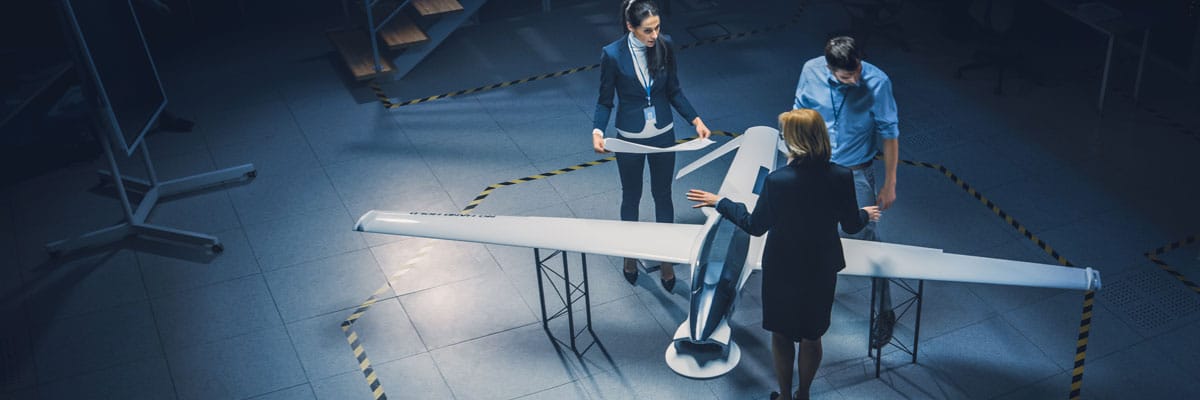
Aerospace + Defense
We understand the complex nature of the aerospace and defense manufacturing industry.
Learn More -
ELECTRONICS MANUFACTURING

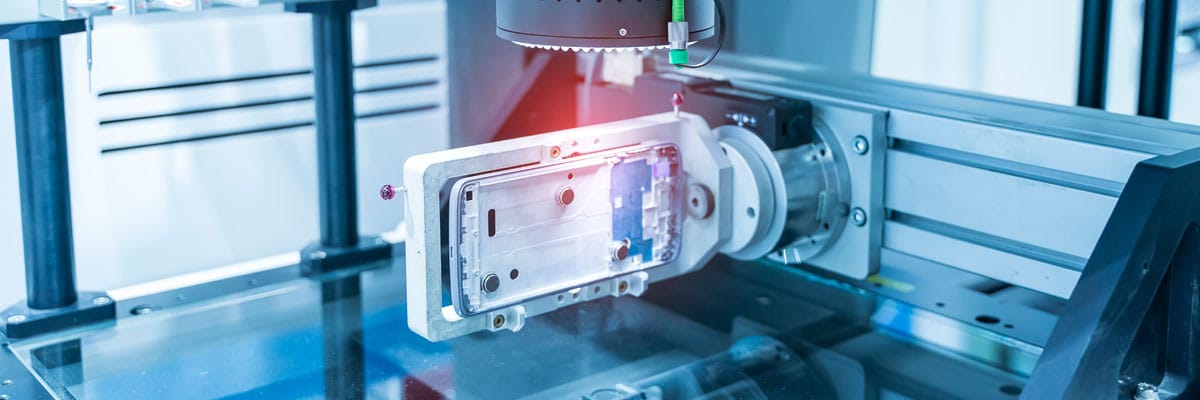
ELECTRONICS MANUFACTURING
Modular enclosure solutions for high sensitivity electronics manufacturing environments.
Learn More -
E-LIQUID MANUFACTURING

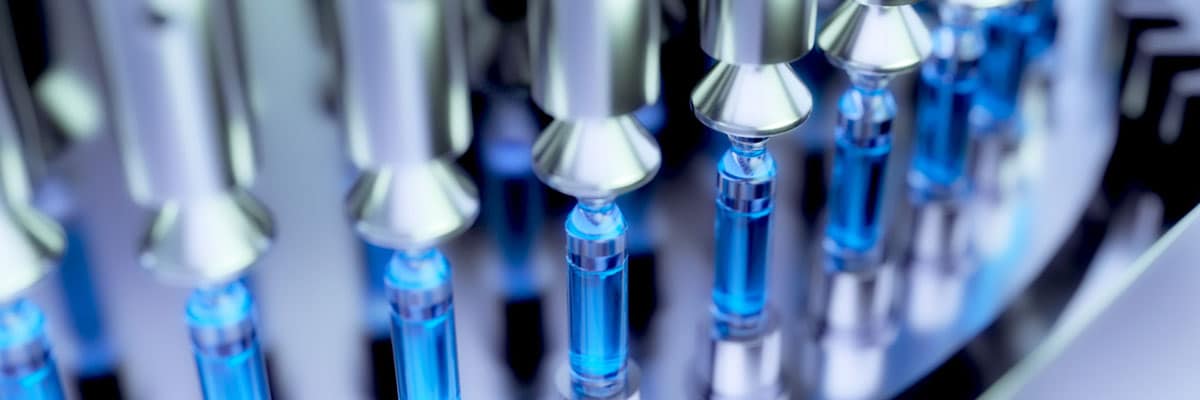
E-LIQUID MANUFACTURING
We engineer custom e-liquid, e-cigarette, e-juice manufacturing cleanrooms compliant with current FDA regulations.
Learn More -
FOOD PREPARATION


FOOD PREPARATION
Ensure a contamination free environment to process, prep, and package food.
Learn More -
HAZMAT HANDLING
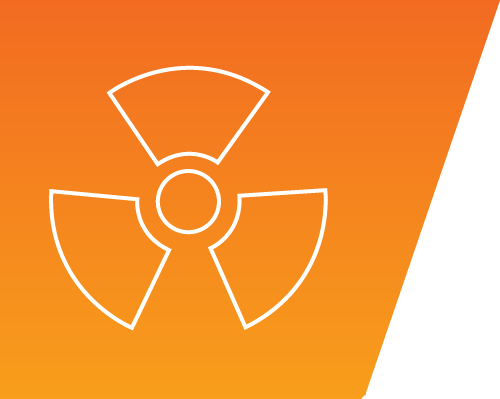
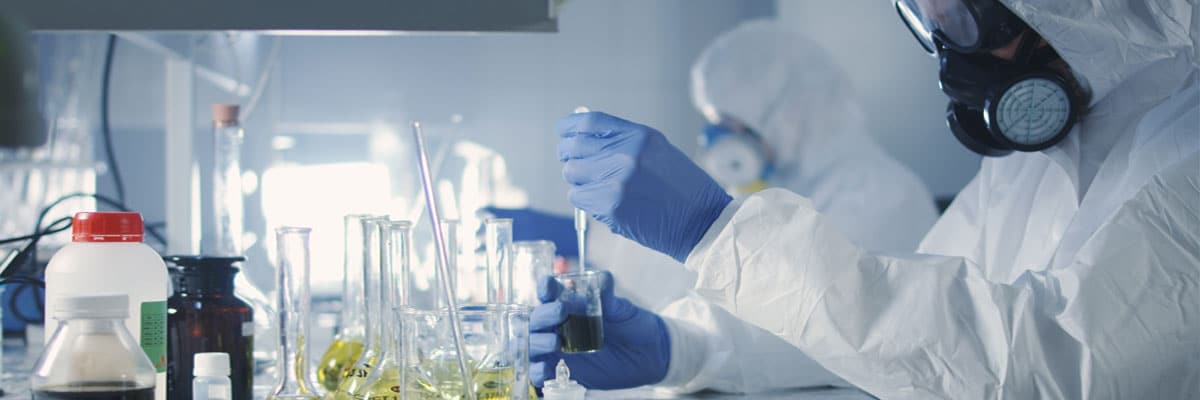
HAZMAT HANDLING
Simplex cleanrooms can be custom designed to deal with the complex handling and storage of hazardous materials.
Learn More -
LASER MANUFACTURING

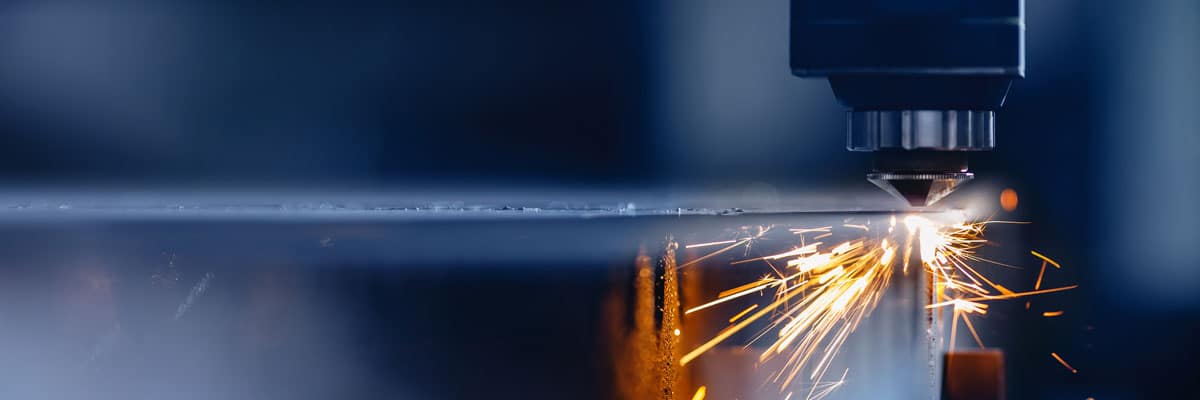
LASER MANUFACTURING
Airborne contaminants can wreak havoc on lasers; Safeguard your critical laser environment.
Learn More -
Manufacturing Applications

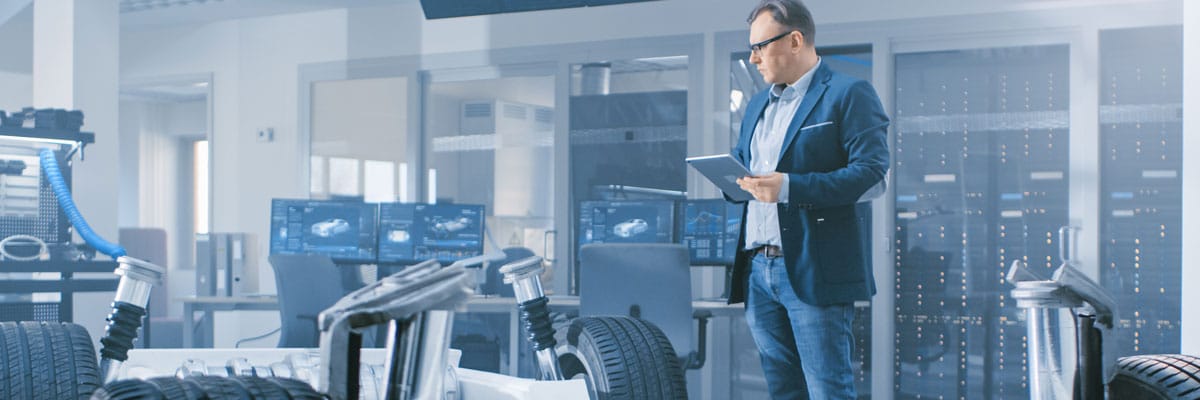
Manufacturing Applications
Simplex cleanrooms and separation products create a variety of solutions for manufacturing facilities.
Learn More -
MEDICAL APPLICATIONS

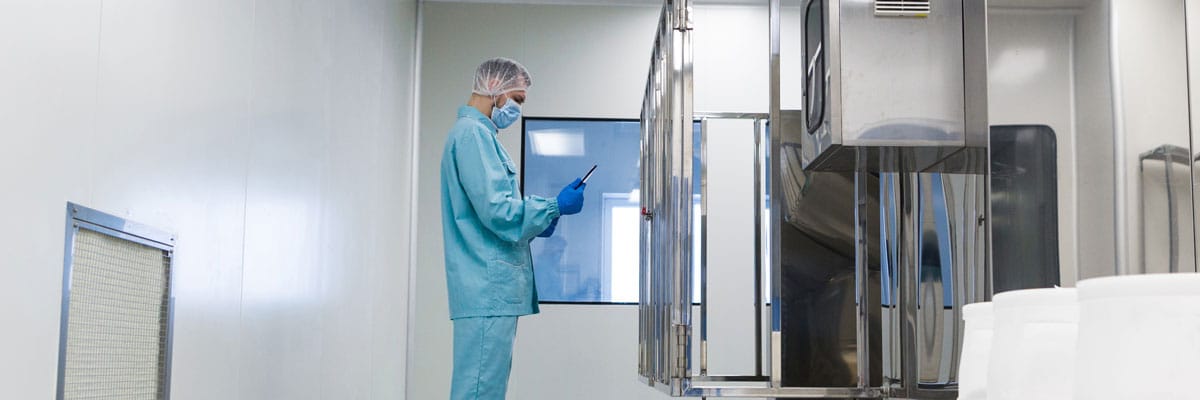
MEDICAL APPLICATIONS
Simplex cleanrooms can be designed to efficiently Meet and Exceed Industry Regulatory Requirements.
Learn More -
PHARMECEUTICAL COMPOUNDING

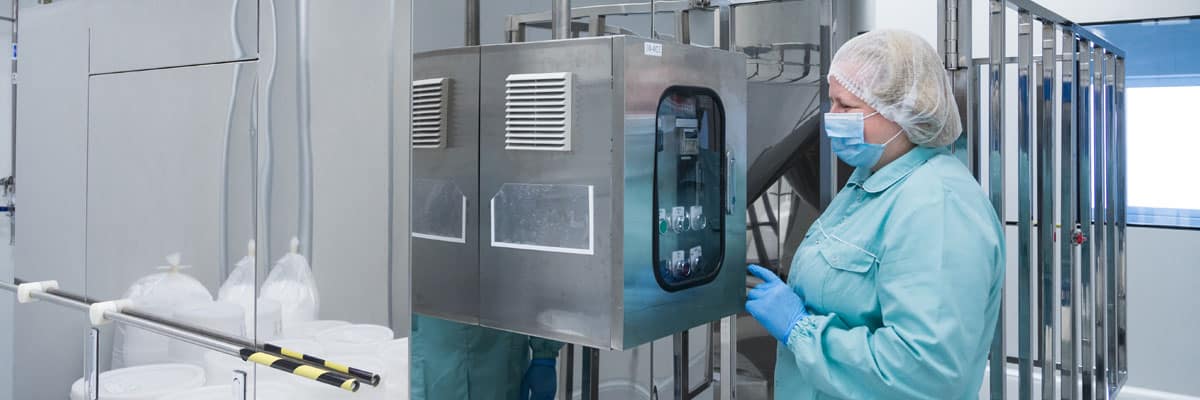
PHARMECEUTICAL COMPOUNDING
We have designed numerous cleanrooms for use in the pharmaceutical industry.
Learn More -
TEMPORARY & PORTABLE

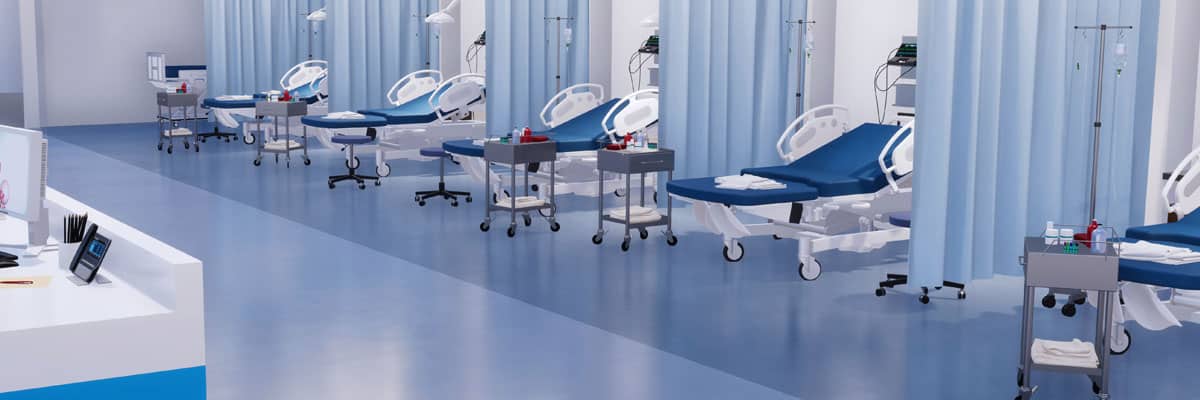
TEMPORARY & PORTABLE
Temporary/portable cleanrooms can be designed using hardwall or softwall configurations and can quickly be expanded or relocated.
Learn More
WHY VARYING LEVELS OF PARTICLE TOLERANCE?
A clean environment is a requirement for most industries
Cleanrooms are among a production cycle’s most important components, as they enable processors and manufacturers to work in safe environments and put out high-quality products but different industries have different criteria for cleanliness. Therefore, cleanrooms also have varying levels of tolerance for particles.
The classification of these tolerances is done in line with the International Standards Organization (ISO) guidelines. However, there are basic requirements that every cleanroom should meet. They include:
There are basic requirements that every cleanroom should meet.
They include:
- Internal surfaces:
Every surface in the cleanroom should be smooth and impenetrable by microorganisms. They should also be strong enough not to crack or shatter besides being easy to clean. The materials for the surfaces shouldn’t create flakes or dust. - Airflow:
A cleanroom’s airflow system should be effective at circulating particles out of the room. Facilities usually use air filters to clean out contaminants such as vapor, moisture, or particulates. Air can be recirculated after cleaning or fresh air pumped into the cleanroom as a replacement. - Employee access:
The number of people allowed into a cleanroom should be strictly controlled and only specially-trained personnel given access. Managing people who go in and out of a cleanroom is given the highest priority as human beings are the largest source of contaminants.
WHAT ARE THE SPECIFIC CLEANROOM CLASSIFICATIONS?
Cleanroom Classifications
The level of cleanliness in cleanrooms is quantified by the number of particles in every cubic meter at a predetermined molecule measure. Class 1 facilities have the lowest level of contaminants while Class 9 facilities have the highest. The typical urban outdoor air has 35,000,000 particles per cubic meter at a 0.5-micrometer size range. This is the same as an ISO 9 cleanroom. An ISO 1 cleanroom contains 12 particles per cubic meter at a size range of 0.3 micrometers. At 0.5 micrometers, an ISO 1 cleanroom doesn’t have any particles.
The classification of cleanrooms is usually done according to the size and number of particles permitted per volume of air. Cleanrooms should not exceed a particulate count as specified in its air cleanliness class. Until 2001, the Federal Standard 209E was used before it was replaced with the ISO 14644-1. The federal standards used cubic feet in measuring the size while the ISO standards rely on cubic meters. As a result, Class 1 was the cleanest according to federal standards but corresponded only to ISO 3 under the ISO 14644-1 standards.
See the table below for a summary of the classification of cleanrooms:
Cleanrooms are regularly tested and inspected to guarantee their effectiveness. The higher a cleanroom’s classification, the more inspections it undergoes but the inspections are typically connected to compliance testing which is done once or twice per year.
The testing and characterizing of cleanroom performance are done at three different levels of conditions. They include:
- As-built:
This refers to empty cleanrooms with running filter systems. The cleanroom, in this state, doesn’t have any workers or equipment. It’s in its cleanest state as it has never been used. - At Rest:
A cleanroom is in the At Rest state once pieces of equipment and products are added to it. These kinds of cleanrooms are yet to undergo testing but have always had human access. An At Rest cleanroom is rated ISO 6 at best since it isn’t as clean as the first type (as-built). - Operational:
Cleanrooms become operational once they have been tested for performance requirements, benchmarked, and documented. They are used for a given purpose with equipment present and human access given. These are the dirtiest types of cleanrooms as processes and people introduce contaminants.
ISO 7 Cleanroom Standards
Industries such as pharmaceutical labs, specialist manufacturing facilities, and testing booths generally use ISO 7 cleanrooms. They are designed to prevent the contamination of processes going on inside the room.
The minimum standards for ISO 7 cleanrooms include:
- An air change rate of 60 to 90 per hour
- Mandatory testing every six months according to ISO 14644-2 guidelines
- A separate gowning room
- 352,000 particles per cubic meter at 0.5μm
- HEPA filters
The ceiling coverage of an ISO 7 cleanroom is between 15 and 25%. ISO 7 cleanrooms are mostly used to prepare solutions that need filtering, production processing, and specialist component handling.
ISO Class 8 Cleanroom Requirements
ISO 8 cleanrooms are mostly used for aerospace product development, cosmetic lines, bottling lines, pharmaceutical compounding, electronics production, and production of medical devices.
Unlike ISO 7 cleanrooms, ISO 8 cleanrooms don’t require testing for certain particle sizes as they either have very high or low concentration levels for testing. However, the particle sizes can’t be zero. Particles that are smaller than 0.5 µm aren’t usually considered while concentration levels for particles that are less than or equal to 0.5 µm should be less than 3,520,000.
The air change rate for a class 8 cleanroom should be 5 to 48 every hour with a 5-15% ceiling coverage. An ISO 8 cleanroom is also required to be fitted with HEPA filters.
Air Changes Per Hour For Cleanrooms
For the other classes of cleanrooms, the rate of an air change per hour is as follows:
- ISO Class 1: 500-750, ceiling coverage of 80-100%
- ISO Class 2: 500-750, ceiling coverage of 80-100%.
- ISO Class 3: 500-750, ceiling coverage of 60-100%.
- ISO Class 4: 400-750, ceiling coverage of 50-90%.
- ISO Class 5: 240-600, ceiling coverage of 35-70%.
- ISO Class 6: 150-240, ceiling coverage of 25-40%.
5 Cleanroom Pressure Differential Calculation
Air change rates help facilities determine the design and performance criteria for a cleanroom’s air system. The total air change rate, flow pattern, and efficiency of the exchange have an impact on the cost and performance of a cleanroom.
Differential pressure refers to pressure deviation between two points in different pressure systems. Different cleanroom classes require a specific number of air changes per hour and differential pressure is key to maintaining a particular classification. It ensures that the correct operation and efficiency of a cleanroom are met.
Don’t see your Industry?
Let’s Brainstorm.
The flexibility and customization capabilities of our product lends itself to almost any industry imaginable. Let us work with you to build the perfect cleanroom or enclosure.




